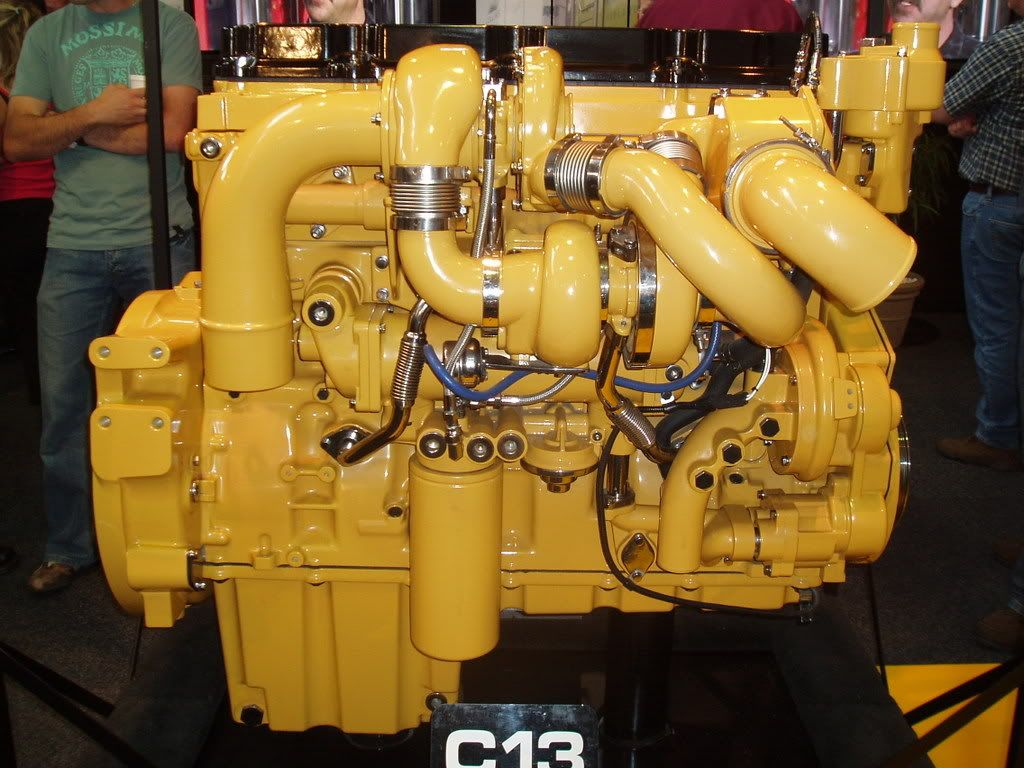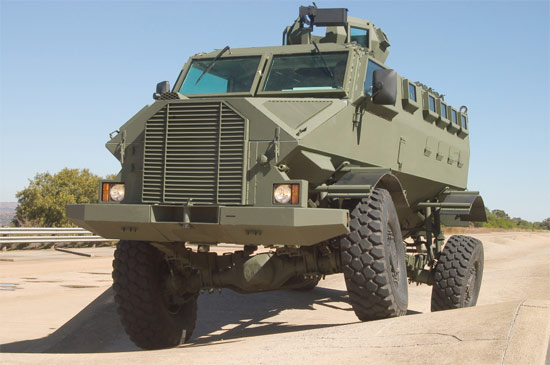arrrg! spent half an hour yesterday typing up a reply, then as i was about to post it, the power went out!
well the NPS is 2150 over rear wheels. FSS is around 2300, im fairly sure.
yeah doesnt surprise me at all. while we all are aware of the drawbacks of these electronic motors, they do have their definite advantages, like how easy it is to pull lots of power (with the right program...).
Hey chocko. yeah mate, compound is two turbos in series, one big, one small. not to be confused with sequentials (which some toyota cars, 1JZ, 2JZ, run), which is 2 turbos in series, but the same size, and utilizing (if im correct) a valve and bypass arrangement. so up till a certain rpm it runs on one turbo, after that the valve opens, the second comes online, and you have sequentials.
compounding is much mechanically simpler, and supports much bigger boost (over say 40-50psi is hard to attain with a single or even sequentials). you have a big and a small, on the intake, air first goes into the large (or low pressure) turbo, gets compressed then enters the small (or high pressure) turbo, where it is compressed even more then shoved into the engine. the exhaust is opposite and runs manifold, small, big.
as a matter of interest, the new MAN TGM's have a borg-warner compound setup as factory fit-out.
sorry bout the hijack, but im 18 and i love turbos...
back on topic-
man, a 4.3m canter! that thing would have a turning circle of about 25m! even 3900 is pretty dang long for a small truck...
im with WCB here- NPS straight rails are a good thing. sooo much less stuffing around for the body-builders, and i dont think that the lower COG point is really conclusive, (i dont know what ATW or earthcruiser do) but we have to build the floor up to clear the gooseneck anyway, so the only benefit i can see is that its very easy to fit underfloor watertanks.
Andrew
Yer, Andrew, surely that'd be because of the smaller wheels and brakes too. Not sure of the shortening?
well the NPS is 2150 over rear wheels. FSS is around 2300, im fairly sure.
Was actually talking to a good friend about this only last Sunday. He teaches auto electrics to the apprentices and in particular engine management and he was saying the power chip specialists are now starting to play around with VGT. Should have heard what he was saying about auto transmission re-programming.
yeah doesnt surprise me at all. while we all are aware of the drawbacks of these electronic motors, they do have their definite advantages, like how easy it is to pull lots of power (with the right program...).
When Andrew Says Compound, I'd say that is in series? yes...no....wait??
Hey chocko. yeah mate, compound is two turbos in series, one big, one small. not to be confused with sequentials (which some toyota cars, 1JZ, 2JZ, run), which is 2 turbos in series, but the same size, and utilizing (if im correct) a valve and bypass arrangement. so up till a certain rpm it runs on one turbo, after that the valve opens, the second comes online, and you have sequentials.
compounding is much mechanically simpler, and supports much bigger boost (over say 40-50psi is hard to attain with a single or even sequentials). you have a big and a small, on the intake, air first goes into the large (or low pressure) turbo, gets compressed then enters the small (or high pressure) turbo, where it is compressed even more then shoved into the engine. the exhaust is opposite and runs manifold, small, big.
as a matter of interest, the new MAN TGM's have a borg-warner compound setup as factory fit-out.
sorry bout the hijack, but im 18 and i love turbos...
back on topic-
Yep. 3150 would be real good. I had a very scary time in my old Fuso SWB work truck on a wet road once. Mainly my fault. BTW I've driven an FG at 4300mmWB. Mate, that sucked. It was a dirt road only bus though. Done plenty of campers at 3900 but they start to get hung up on the centre tailshaft bearing a bit because of the ramp over angle (unless they're lifted).
man, a 4.3m canter! that thing would have a turning circle of about 25m! even 3900 is pretty dang long for a small truck...
I could be wrong on the lower COG, but perhaps this is one reason the Canter has avoided the need for the “wider rails for stability” or the “front sway bar”, i.e. by keeping the COG lower.
im with WCB here- NPS straight rails are a good thing. sooo much less stuffing around for the body-builders, and i dont think that the lower COG point is really conclusive, (i dont know what ATW or earthcruiser do) but we have to build the floor up to clear the gooseneck anyway, so the only benefit i can see is that its very easy to fit underfloor watertanks.
Andrew





